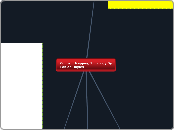por Gabriela Loa 4 anos atrás
351
Applying Constructivism in my own English Teaching Classroom.
Constructivism in education emphasizes active, social learning where knowledge is constructed through interaction with the world. For children, this approach leverages activities like research projects, experiments, and mind mapping to foster engagement and understanding, following Vygotsky'









